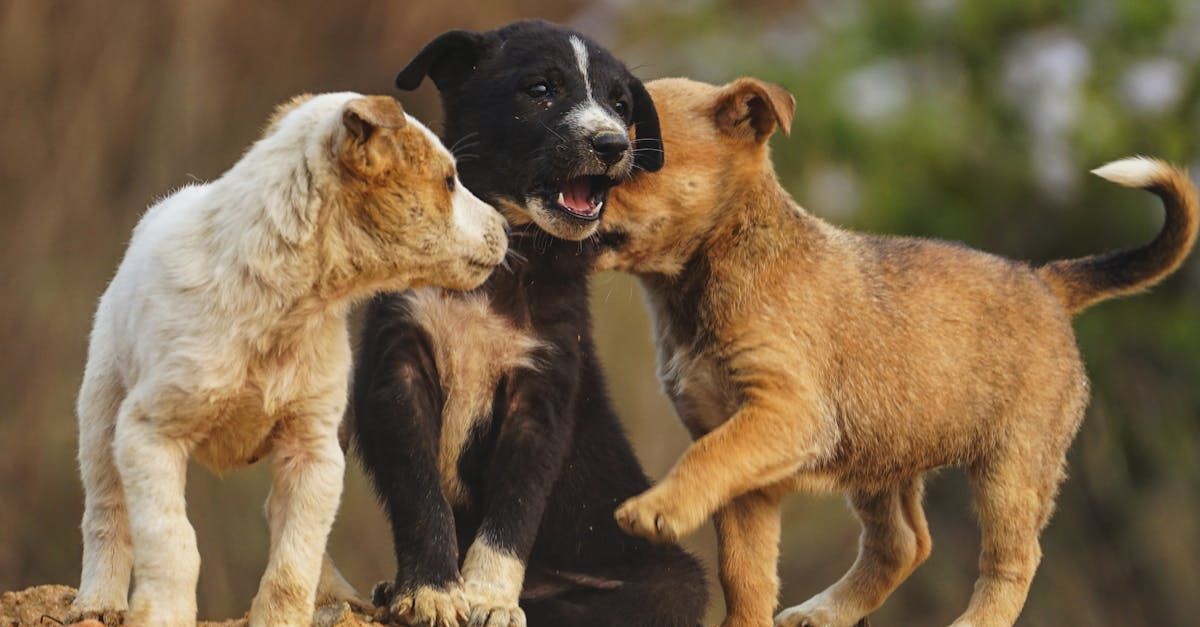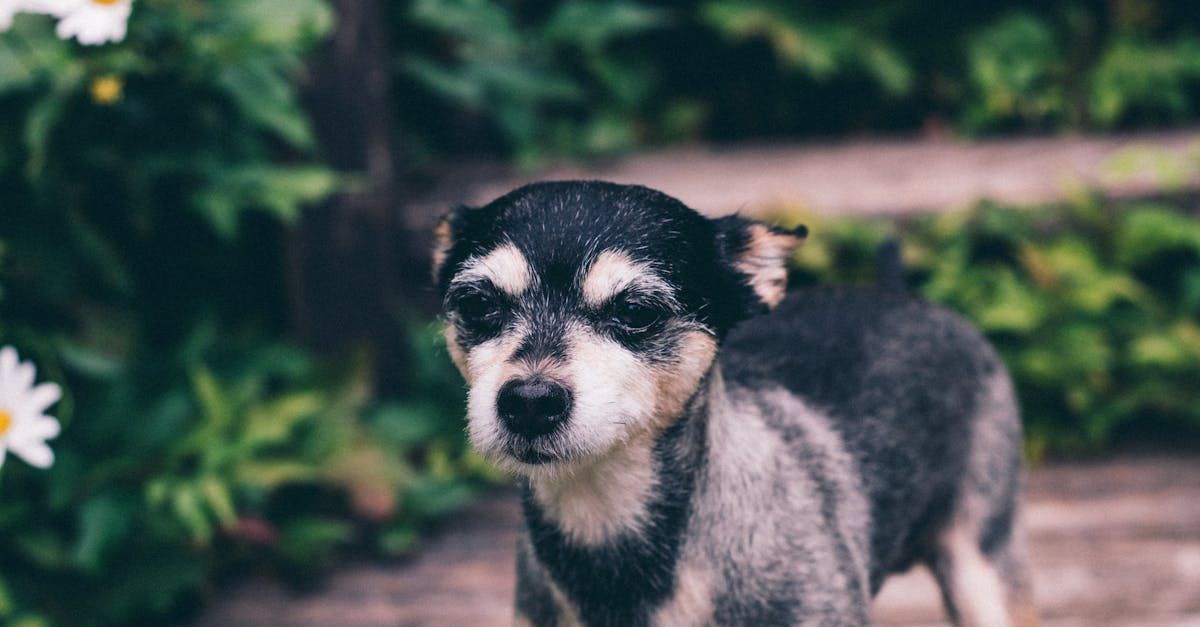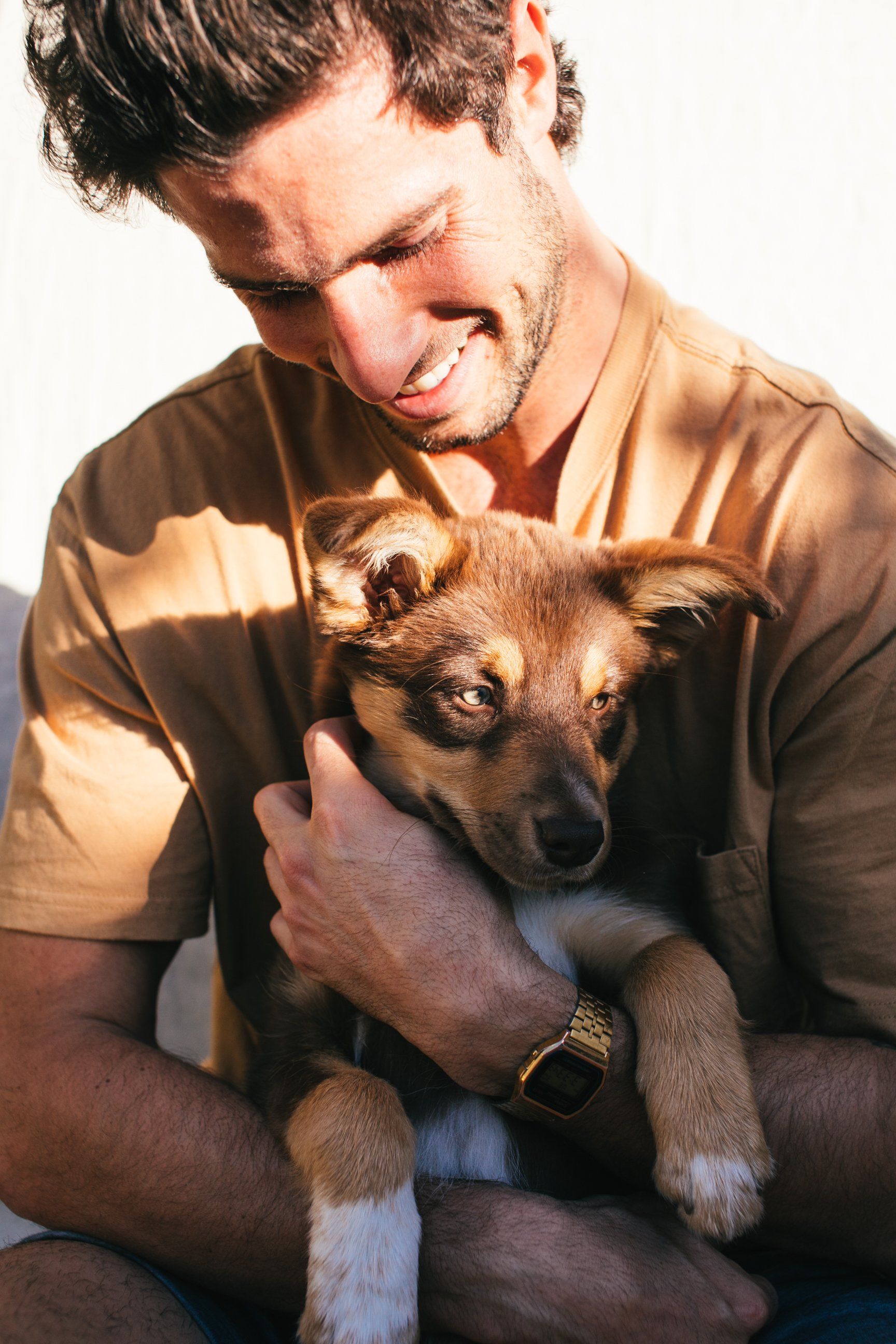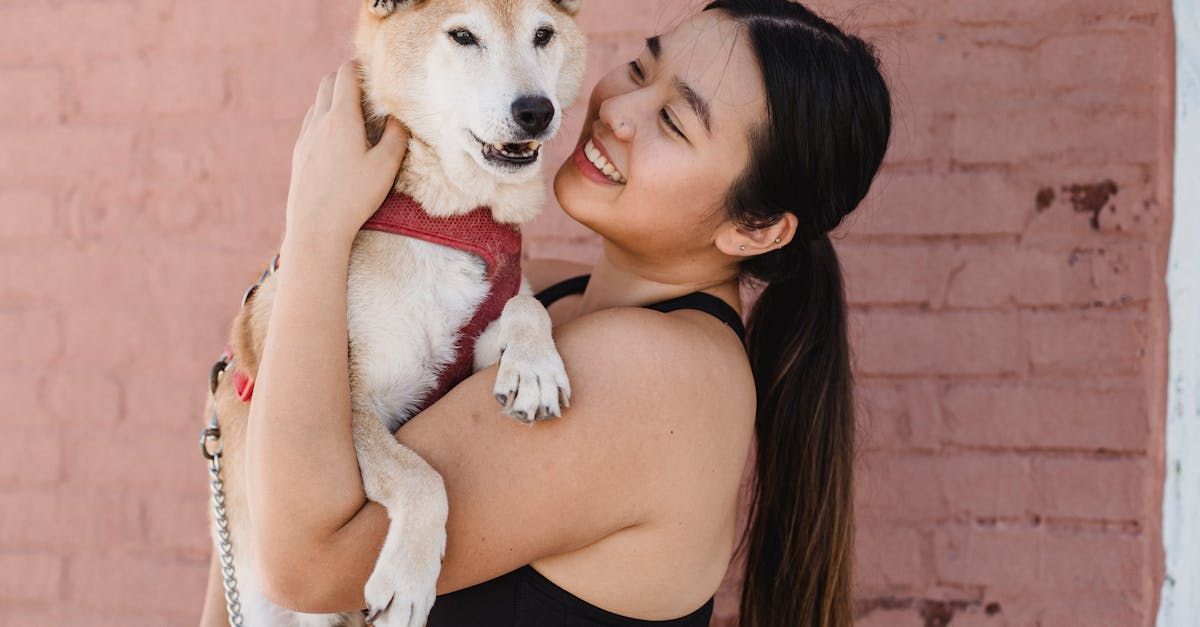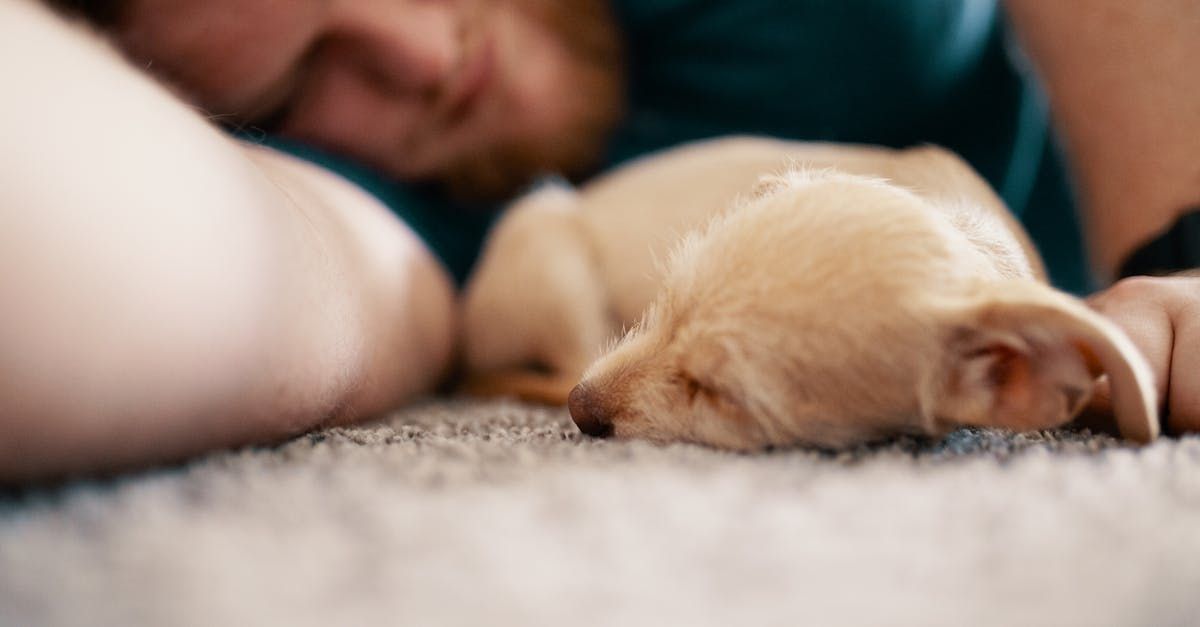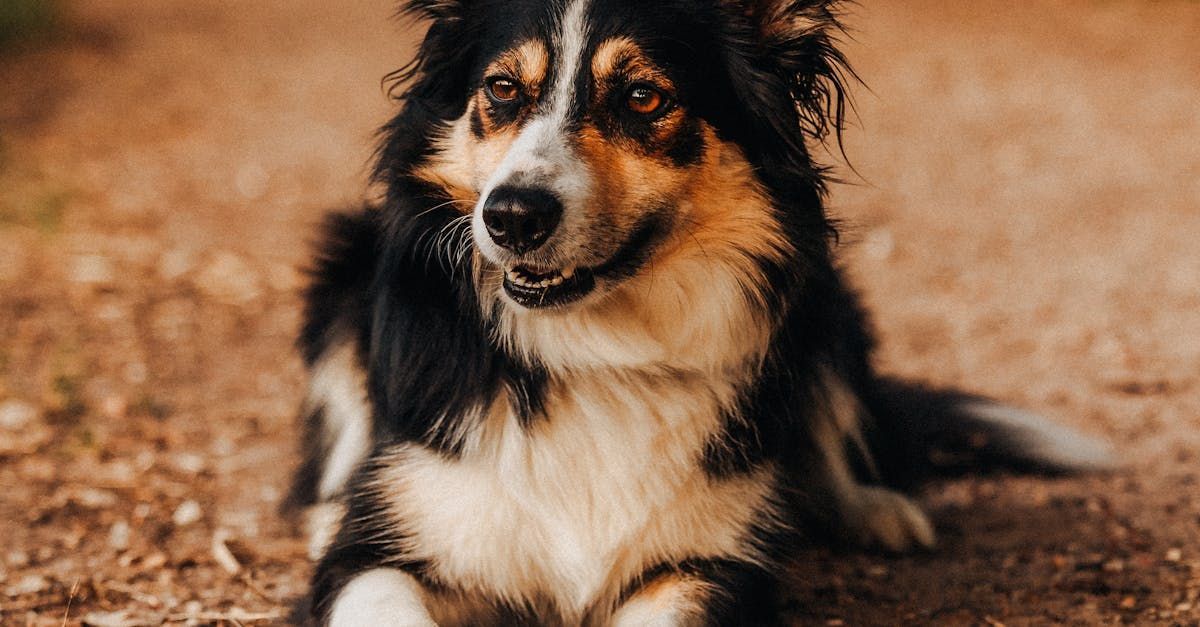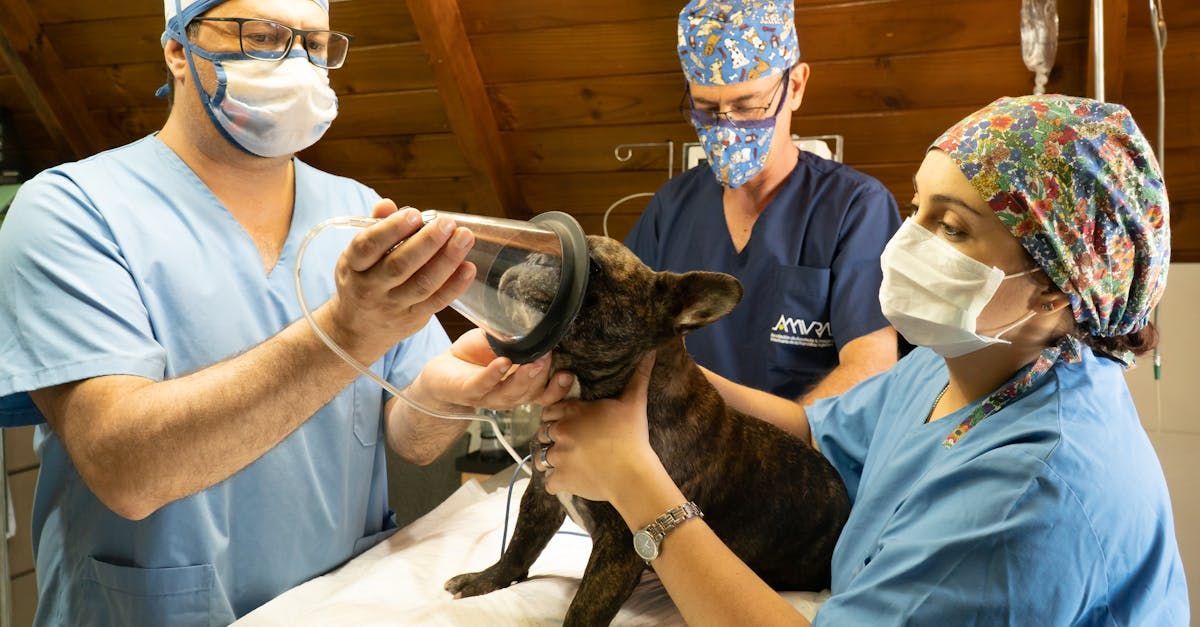Guide to Keeping Your Dog Healthy
Guide to Keeping Your Dog Healthy: What It Means and How to Achieve It
As pet owners, ensuring the health and well-being of our dogs is a top priority. A healthy dog is not only happier but also lives a longer and more fulfilling life. But what exactly does it mean to keep your dog healthy, and how can you achieve this goal? In this comprehensive guide, we'll delve into the various aspects of canine health, covering everything from physical fitness to mental stimulation and preventive care.
Nutrition: The Foundation of Health
A balanced diet is fundamental to your dog's health. Provide high-quality dog food that meets their nutritional needs based on age, size, and activity level. Avoid feeding them table scraps or foods that are harmful to dogs, such as chocolate, grapes, or foods high in sodium. Consult your veterinarian for guidance on choosing the right diet for your dog.
Exercise: Keeping Them Fit and Active
Regular exercise is essential for maintaining your dog's physical fitness and mental well-being. The amount and type of exercise vary depending on your dog's breed and age. For example, high-energy breeds like Border Collies may need more vigorous activities like running or agility training, while smaller breeds might be content with daily walks and interactive play sessions.
Veterinary Care: Preventive Measures
Regular visits to the veterinarian are crucial for preventive care. Vaccinations, parasite control (fleas, ticks, heartworms), and annual check-ups help detect and address health issues early. Your vet can also provide advice on dental care, nutrition, and behavior management tailored to your dog's specific needs.
Mental Stimulation: Enriching Their Lives
Mental stimulation is just as important as physical exercise for dogs. Engage their minds with interactive toys, puzzle feeders, and training sessions. Rotate toys regularly to keep them interested, and consider activities like obedience training or canine sports to challenge their intellect.
Grooming: Beyond Aesthetics
Regular grooming promotes good hygiene and prevents skin problems. Brush your dog's coat regularly to remove loose hair and prevent matting. Trim their nails to a comfortable length and clean their ears to prevent infections. Bathing frequency depends on your dog's breed and lifestyle—consult your vet for recommendations.
Socialization: Building Positive Relationships
Socialization from a young age helps your dog feel comfortable and confident in various situations. Expose them to different people, animals, and environments gradually and positively reinforce good behavior. This fosters better interactions with others and reduces anxiety or fear.
Monitoring Health: Recognizing Signs of Illness
Be vigilant for changes in your dog's behavior or appearance that could indicate illness. These may include lethargy, changes in appetite, vomiting, diarrhea, or unusual lumps. Prompt veterinary attention can often prevent minor issues from becoming serious health problems.
Love and Attention: Emotional Well-being
Lastly, love and attention are crucial for your dog's emotional well-being. Spend quality time with them, provide a safe and comfortable environment, and offer plenty of affection. Dogs thrive on companionship and bond strongly with their owners, which contributes to their overall happiness and health.
Conclusion:
Keeping your dog healthy encompasses a holistic approach that addresses their physical, mental, and emotional needs. By focusing on nutrition, exercise, preventive care, grooming, socialization, and emotional support, you can ensure that your canine companion enjoys a long and vibrant life by your side. Remember, every dog is unique, so tailor their care routine to their individual requirements and consult your veterinarian for personalized advice. With your commitment and care, you can provide your dog with the best possible quality of life.



